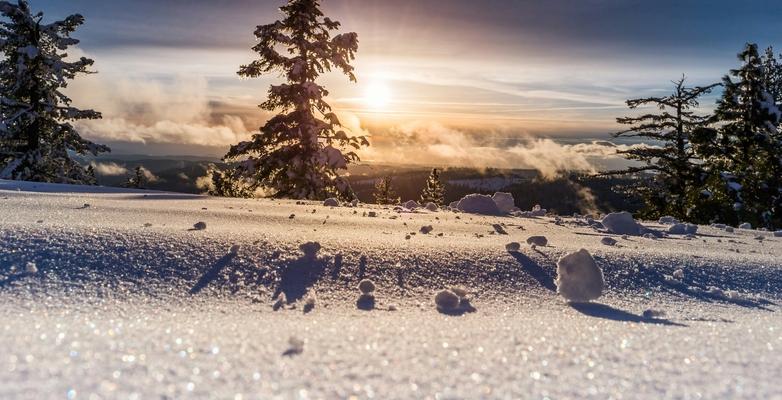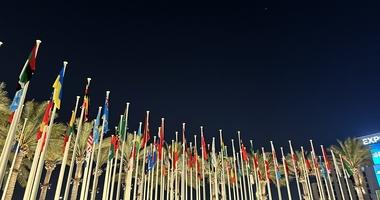
Lake Effect Snow and Climate Change
3 min read
This winter has already been a busy one.
As we type this, frigid temperatures have overtaken a vast swath of the US, from the northern Plains to Texas, all the way across the mid-Atlantic to the East Coast. With it came heavy snow, blanketing areas with multiple inches that aren’t as accustomed to seeing that much, like Oklahoma City, Dallas–Fort Worth, and Memphis.
The cold air mass looks like it will have some staying power, keeping things nice and cold for many for a while with additional chances for at least some snow.
Indeed, snow has been a big story this winter.
>> Learn more: What’s the Difference Between Climate and Weather? <<
In late November and early December, a couple of major snow events blanketed the Great Lakes region of the US with several feet (yes, FEET) of snow. Cattaraugus, New York gets the bragging right to the highest snowfall total at over 6 feet, but many other places in the region saw more than 60 inches of snow from the early winter storms.
“Erie, Pennsylvania broke its snowiest day record with 22.6 inches falling on November 29 since records began in 1893. Gaylord, Michigan had 24.8 inches on November 29, making it the snowiest day on record since the site began recording in 1998 and Perrysburg, New York saw 30.6 inches on November 30, making it the snowiest day on record since the site began recording in 2003,” NOAA writes.
The main culprit behind these massive snowfall totals? Warmer than average water temperatures in the Great Lakes. Lakes Michigan, Huron, Erie, and Ontario all posted record-high average surface temperatures in 2024 – often several degrees above average. Even Lake Superior, the one lake that was not record-breakingly warm as of last month, was still 3 degrees above its long-term average.
Is the climate crisis to blame for these high water temperatures and the subsequent heavy snow fall? To put it simply – yes, it probably is.
Lake-effect snow is a weather phenomenon that occurs when cold air masses pass over relatively warmer lake waters. This temperature difference causes the air to pick up moisture, which then rises and cools, forming snow clouds that dump heavy snowfall downwind of the lake in places like Erie, Buffalo, and the surrounding areas.
Rising global average temperatures lead to warmer lake surface waters, much like they do with the warming ocean waters driving ever-stronger hurricanes. So yes, climate change is expected to significantly impact lake-effect snow in the Great Lakes region.
This warmer water increases the amount of moisture evaporating into the air, potentially intensifying lake-effect snow events. Warmer temperatures also decrease the extent and duration of ice cover on the Great Lakes. This exposes more open water to cold air for longer periods of time, further increasing the potential for heavy lake-effect snow.
It’s just that simple.
More intense and frequent lake-effect snow events can lead to significant disruptions in transportation, power outages, and property damage. Heavy snowfall can also increase the risk of flooding due to ice jams and snowmelt in the spring.
The climate crisis touches every corner of our planet. From more powerful hurricanes and wildfires to more and more flooding and drought, this crisis leaves no ecosystem unscathed.
Not even in the wintertime.
Ready to learn more about the science of the climate crisis and the solutions that will carry us to a better, more-sustainable tomorrow? Sign up for our email list today.




